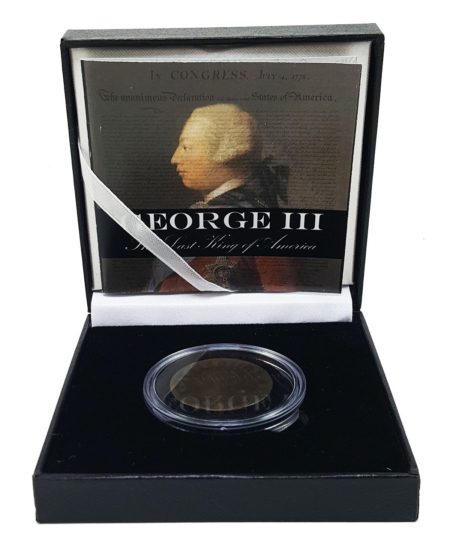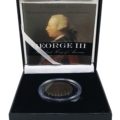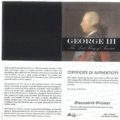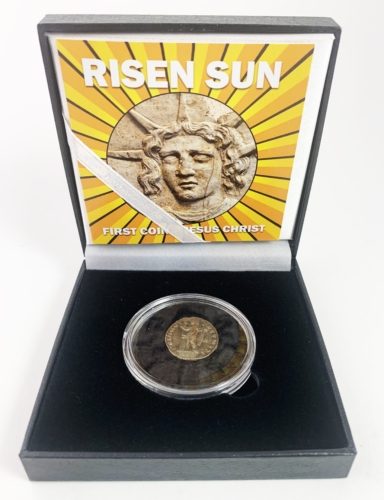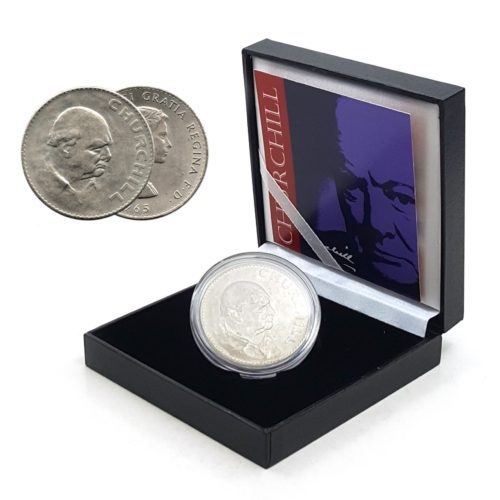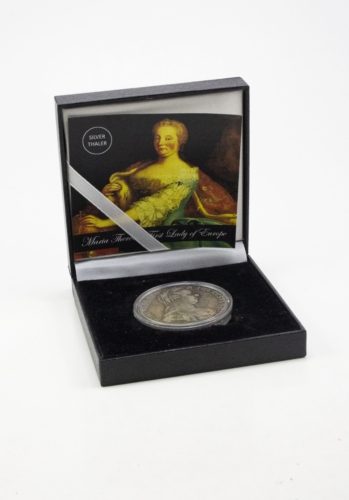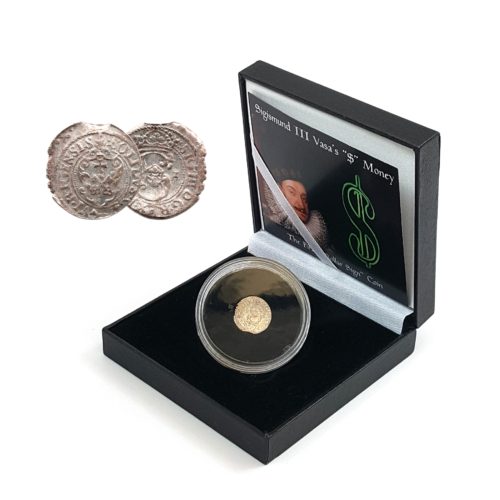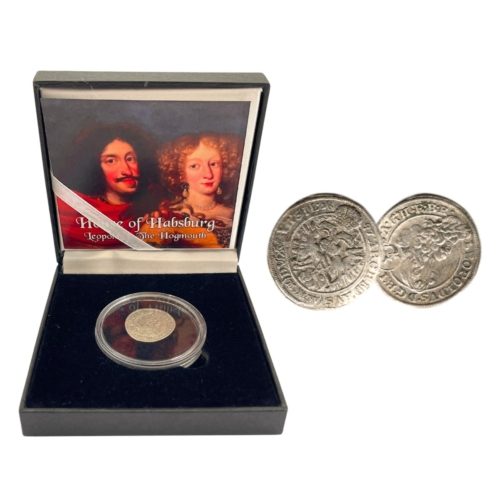Description
King George III assumed the throne in 1760 and ruled for 59 years—at the time, the longest reign of a British monarch. Unlike his father and grandfather, who hailed from the Electorate of Hanover, he was born and bred in Britain, and was a native speaker of English. He presided over victories in the Seven Years’ War and the Napoleonic War, which made him generally popular with his subjects.
This popularity did not extend to the American colonies. The Founding Fathers viewed him as a tyrant. It was the obdurate policies of George III— as well as his reactionary Prime Minister, Lord North—that compelled the
colonies to declare their independence. As Thomas Jefferson wrote on July 4, 1776, in the eponymous Declaration, George III” has plundered our seas, ravaged our Coasts, burnt our towns, and destroyed the lives of our people” and intended to finish” the works of death, desolation and tyranny, already begun with circumstances of cruelty & perfidy scarcely paralleled in the most barbarous ages, and totally unworthy the Head of a civilized nation. “
After losing the colonies, George III contemplated abdication, but decided against it. He famously went mad—for a few months in 1778 and 1804, and then for the last ten years of his life. When he died in 1820, he was blind, deaf, and insane. The cause of his malady remains a mystery.–This copper half-penny, KM-662, was issued in 1806 and 1807,
after George III had suffered through his first two bouts of insanity.
It features the king’s portrait on the obverse, and on the reverse, Britannia.

